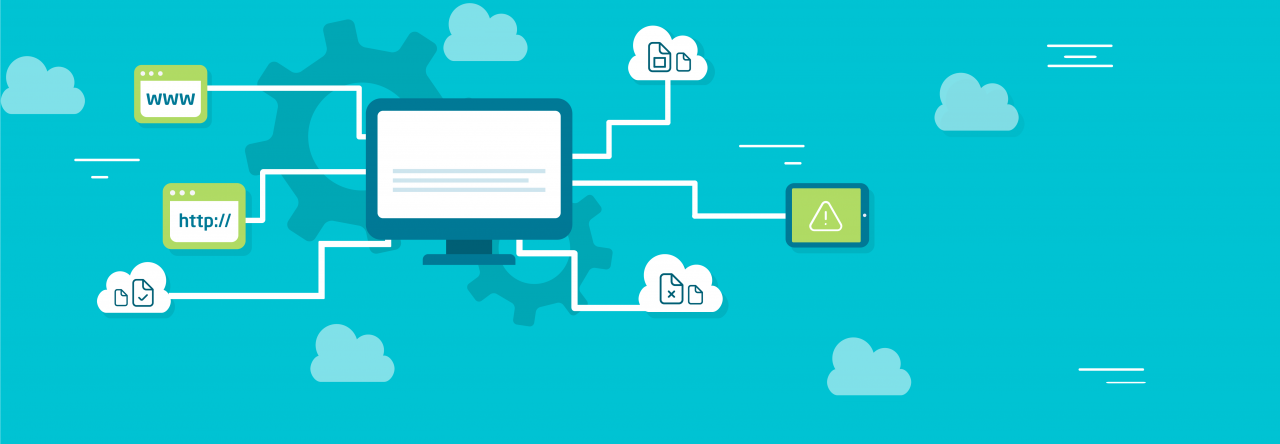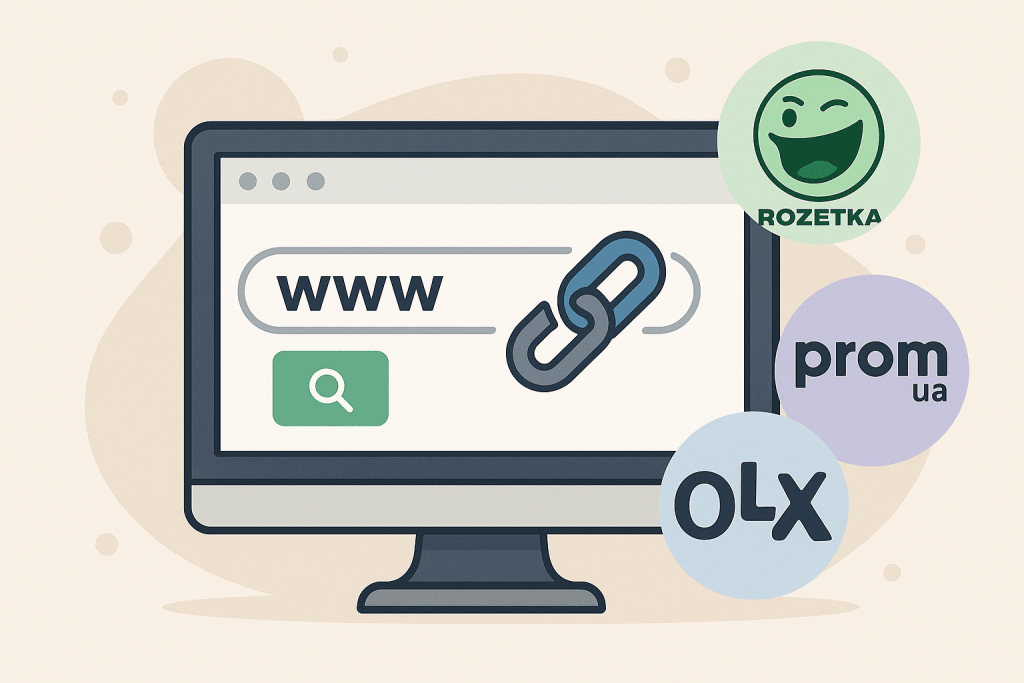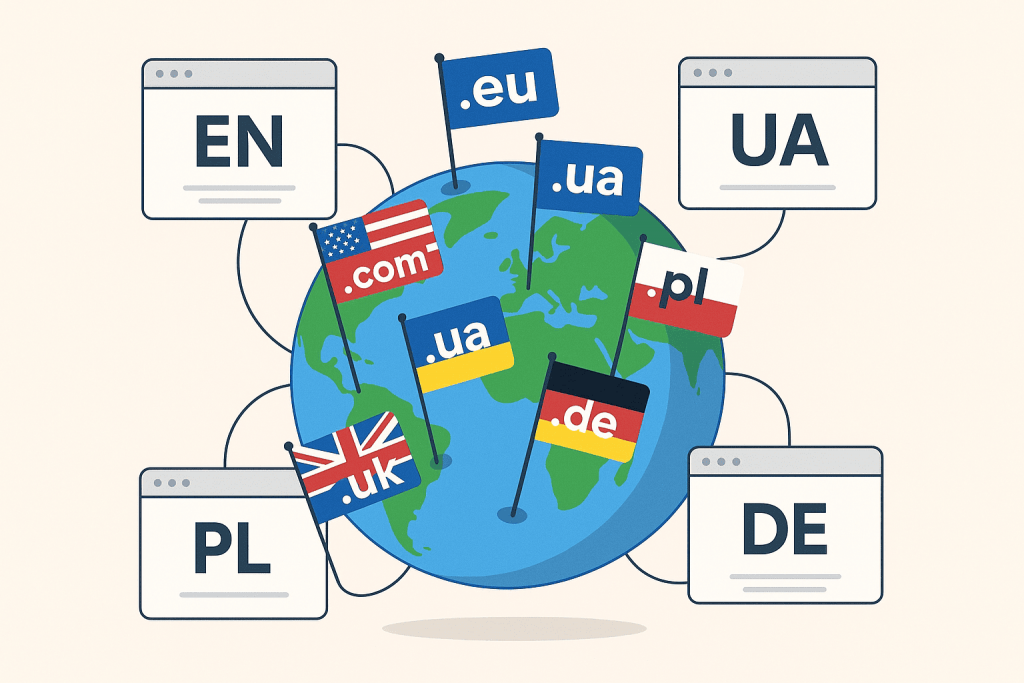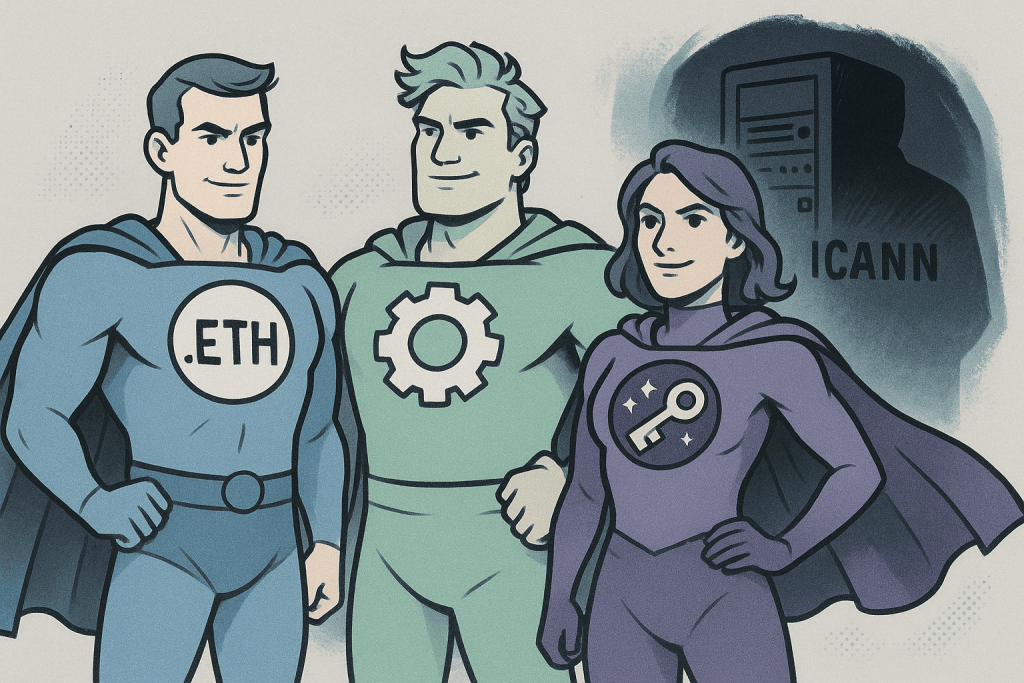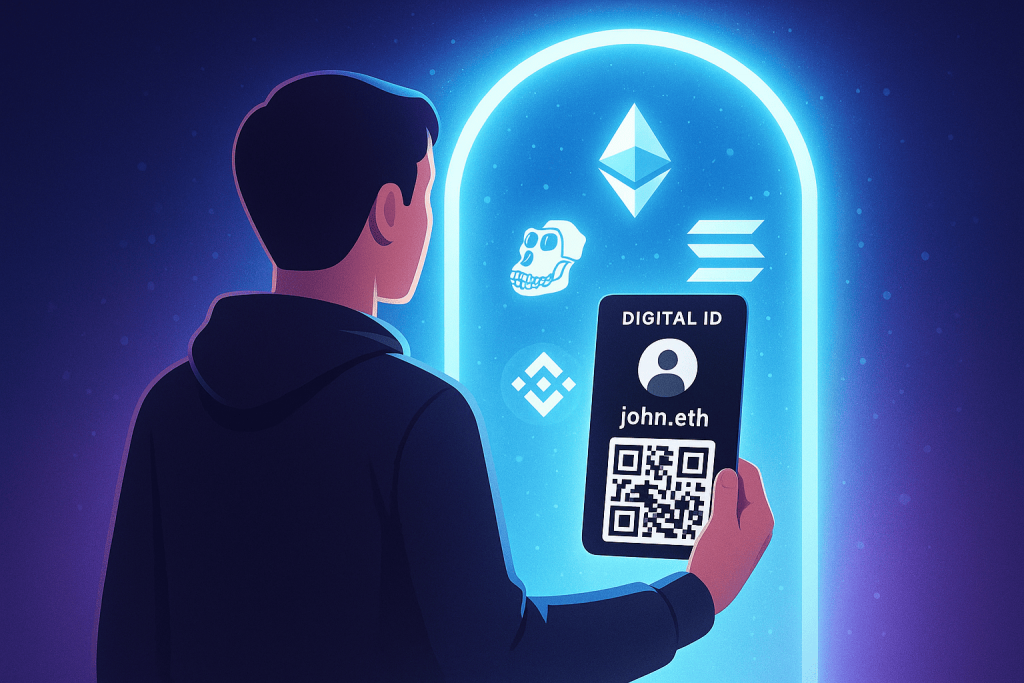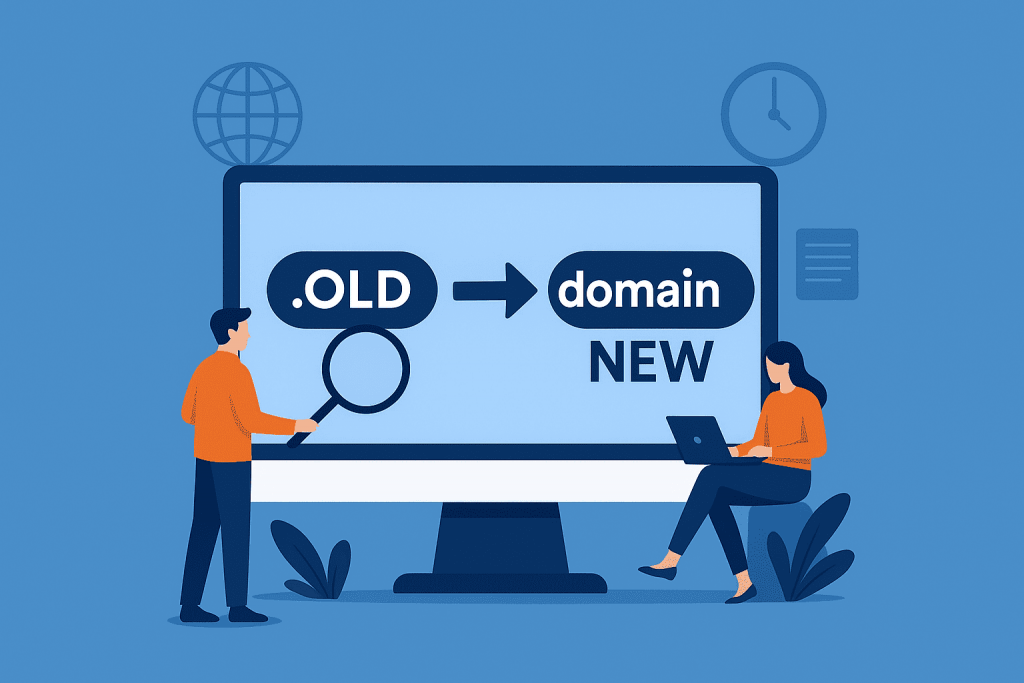
Buying a domain is one of the first and most important tasks when creating a new website or online business. However, not every domain has a clean reputation. A domain that seems safe and advantageous to use may have a dark history, including spam, phishing, or other malicious practices. This can affect your site’s ranking in search engines, reduce trust in your brand, and even lead to blocks or sanctions by browsers or email services. Therefore, before making a final decision on purchasing a domain, it is crucial to conduct a thorough check of its past.
